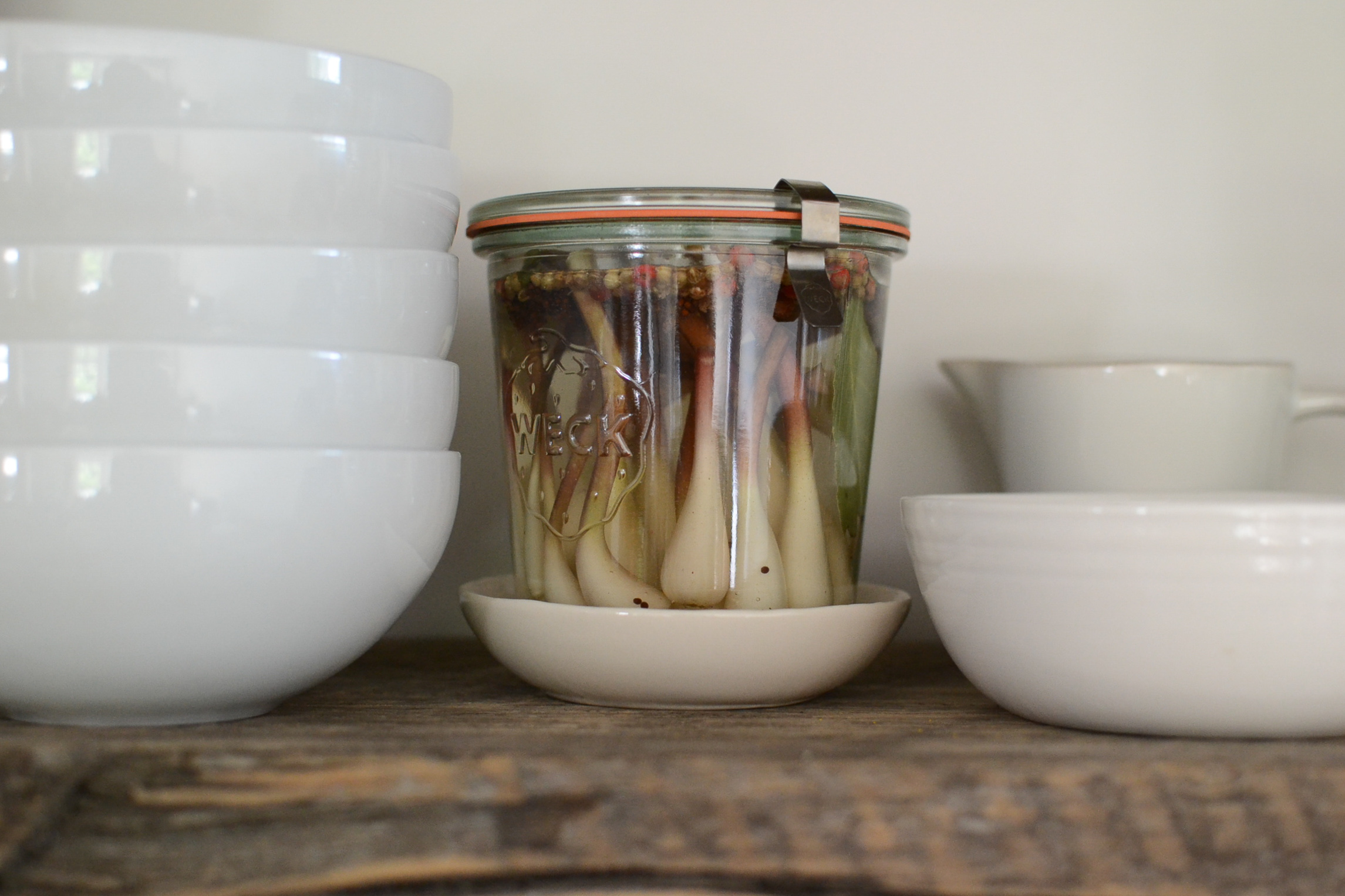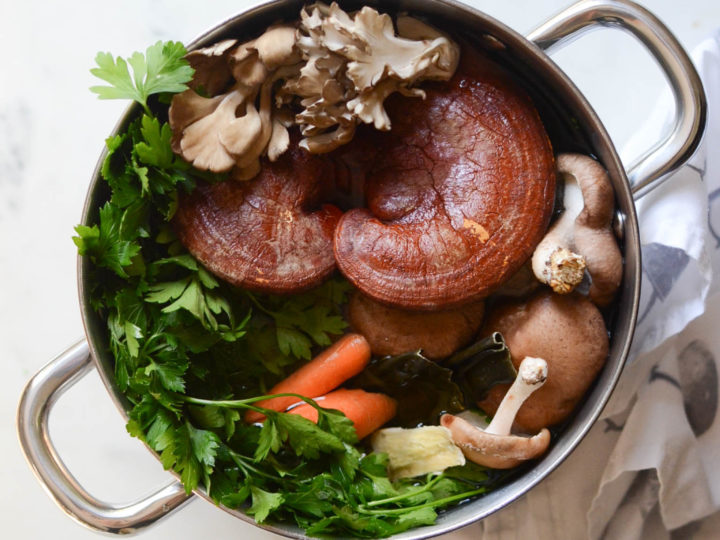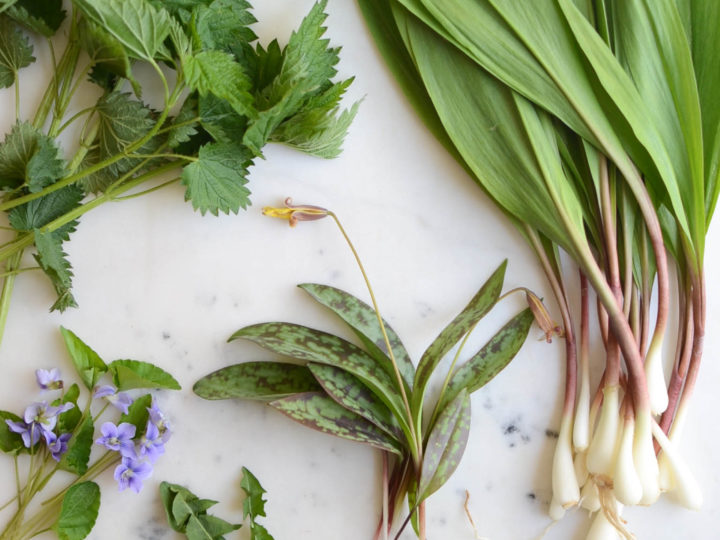
I was turned on to wild fermentation after finding Real Pickles at my local health food store. It always seemed a little intimidating to do it at home but a few years ago I tried & it couldn’t be easier! (except when I am pregnant because I couldn’t handle being anywhere near them!). Lacto fermentation (or wild fermentation) refers to the process of using the natural lactic acid found on the surface of vegetables to break down the sugars which produces healthful bacteria for our microbiome & in some cases increases the bioavailability of vitamins & minerals in the vegetable! Justin Sonnenburg PhD from Stanford describes our microbiome as the control center for much of our biology, metabolism & even our brains are affected by chemical signals that microbes secrete in our blood which affects our mood, behavior & progression of neurological diseases like autism, anxiety, depression & Alzheimer’s. We also want a healthy microbiome because a healthy microbiome = a healthy immune system. 60% of the volume & some 80% of the function of our immune system lies just behind our gut lining!
For sauerkraut head over to Green Kitchen Stories for a complete tutorial. If you want to try fermenting crunchy veggies like carrots, radish, beets, ramps, etc you can use this easy method using a 2% brine liquid. If you saw in my IG stories a couple days ago, we are fermenting ramps (wild leeks) that we foraged here in NJ! If you like pickled things, you’ll probably like ferments too! Here’s what you’ll need:
clean glass jar(s) with a lid that seals
1 liter filtered water
20 g salt (i use Himalayan)
any desired herbs/spices
place veggies in jar leaving some room on the top. stir salt in water until it dissolves, cover veggies with brine & add any spices you like. we used mustard, peppercorns & coriander & a bay leaf. use a cabbage leaf or a smaller glass lid to weight the veggies down so they stay beneath the surface.
seal with lid & let sit out room temperature for about a week. the fermentation may cause bubbling/leaking so you may want to place them on a plate. smell & taste to see if you like it or want to let it go a day or 2 more. store in the refrigerator.



